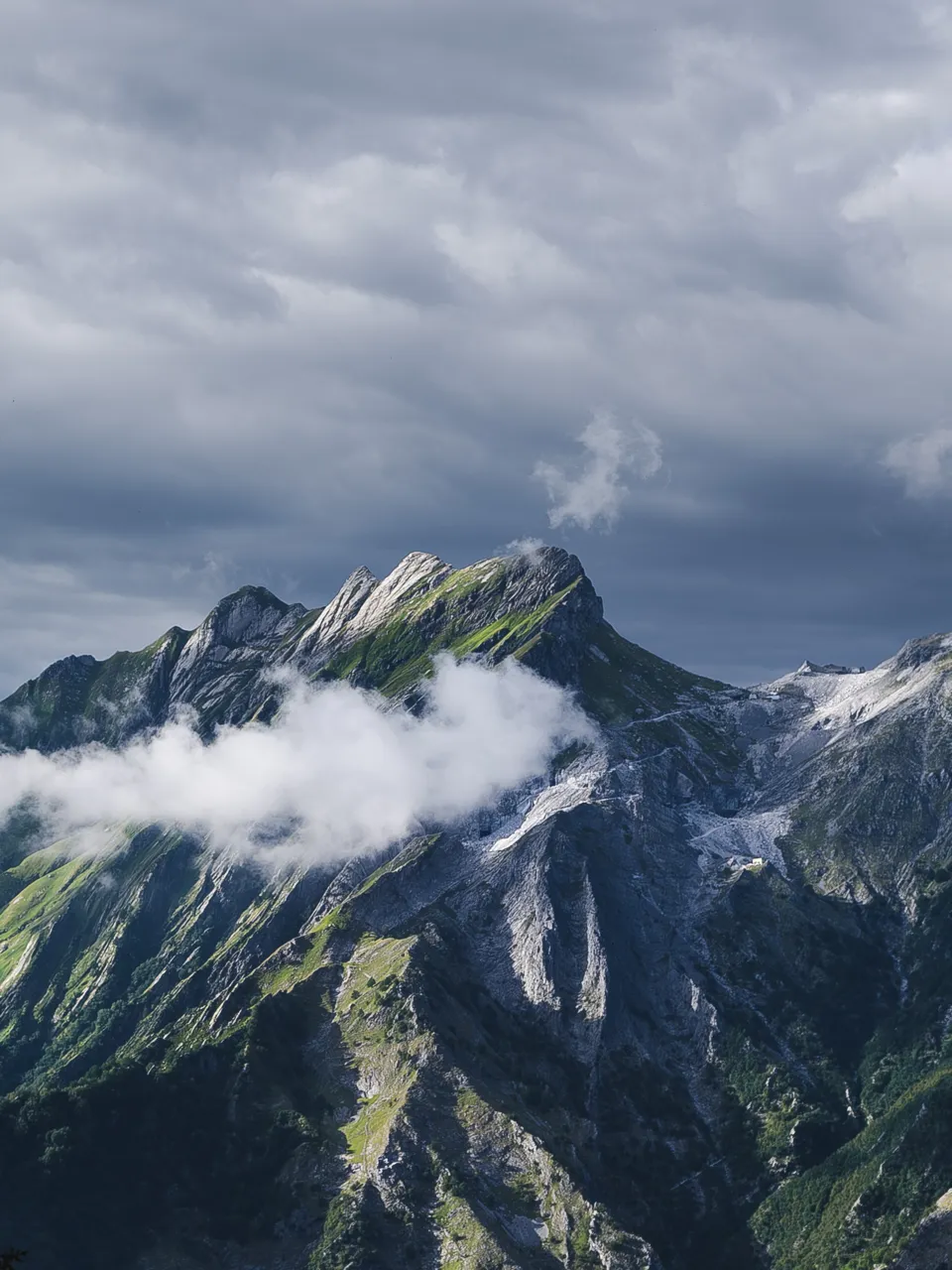📌 Introduction
使用 Python 自動化建立動態歌詞的影片,可以根據時間自動顯示對應的歌詞,並加上音樂及背景影片。
Create lyrics videos automatically using Python. The lyrics will be displayed according to the timing, and music and background videos will be added.
⚙️ Tools
- Python
- Gradio
- ffmpeg
💻 Code
程式沒有進行優化,排版還很混亂
import gradio as gr
import numpy as np
import re
import requests
from PIL import Image, ImageDraw, ImageFont
from pydub import AudioSegment
from moviepy.editor import *
from moviepy.video.fx.all import *
def main(lyric_file, music_file, background_video):
# 使用 gradio 讓使用者上傳相關的檔案,並在 `.name` 讀取路徑
lyric_file_path = lyric_file.name
music_file_path = music_file.name
if background_video:
background_video = background_video.name
else:
background_video = None
# 下載字型,我用的是正體中文的字型,別的語言的字會沒有辦法顯示
response = requests.get("https://github.com/justfont/open-huninn-font/\
releases/download/v2.0/jf-openhuninn-2.0.ttf")
with open("jf-openhuninn-2.0.ttf", "wb") as file:
file.write(response.content)
# 載入音樂檔
audio = AudioSegment.from_file(music_file_path)
# 讀取歌詞
with open(lyric_file_path, 'r', encoding='utf-8') as f:
lines = f.readlines()
lyrics = []
pattern = re.compile(r'\[(\d+):(\d+\.\d+)\](.*)') # [12:34]歌詞內容
for line in lines:
match = pattern.match(line)
if match:
minutes = int(match.group(1))
seconds = float(match.group(2))
lyric = match.group(3).strip()
# 轉換時間為毫秒
start_time = (minutes * 60 + seconds) * 1000
lyrics.append((start_time, lyric))
# 找到最長的一句歌詞的歌詞長度
longest_lyric = len(max(lyrics, key=lambda x: len(x[1]))[1])
# 創建一個空的影片片段列表
clips = []
# 為了讓最後一行歌詞也能顯示,可以把音樂的總長度加到 lyrics 裡面
# 注意:音樂的長度需以毫秒為單位
audio_length = len(audio) # pydub 的 AudioSegment 會返回音樂的長度(毫秒)
lyrics.append((audio_length, ""))
font_path = 'jf-openhuninn-2.0.ttf'
font = ImageFont.truetype(font_path)
# 建立影片片段
for i in range(len(lyrics) - 1):
start_time, lyric = lyrics[i]
next_start_time = lyrics[i + 1][0]
# 計算此行歌詞應該持續的時間
duration = (next_start_time - start_time) / 1000.0 # 轉換為秒
# 設定字型和字型大小
font_size = 188
# 根據該行歌詞的字數,動態調整字體大小
font_size = int(font_size - (font_size - (font_size - 100)) * (len(lyric) / longest_lyric))
# 設定文字顏色和背景顏色
text_color = (255, 255, 255) # 白色
bg_color = (0, 0, 0) # 黑色
# 創建一個空白圖像 (1080p)
image = Image.new('RGB', (1920, 1080), bg_color)
# 載入字型
font = ImageFont.truetype(font_path, font_size)
# 在圖像上繪製文字
draw = ImageDraw.Draw(image)
left, top, right, bottom = draw.textbbox((0, 0), str(lyric), font=font)
text_width, text_height = right - left, bottom - top
text_position = ((image.width - text_width) // 2, (image.height - text_height) // 2)
draw.text(text_position, lyric, font=font, fill=text_color)
# 將圖像轉換為 NumPy 陣列
image_array = np.array(image)
# 將 NumPy 陣列轉換為 ImageClip
image_clip = ImageClip(image_array, duration=duration)
# 設定顯示的時間
image_clip = image_clip.set_start(start_time / 1000.0).set_duration(duration)
clips.append(image_clip)
# 合併所有影片片段
video = concatenate_videoclips(clips)
# 插入背景影片、動畫
if background_video:
video = mask_color(video, color=[0, 0, 0]) # ,thr=10,s=0
# 背景影片
background_video = VideoFileClip(background_video)
background_video_repeated = background_video.loop(duration = video.duration)
video = CompositeVideoClip([background_video_repeated, video])
# 設定背景音樂
video = video.set_audio(AudioFileClip(music_file_path))
# 輸出影片,要設定 `codec`, `audio_codec` 才會同時有畫面和聲音
# 參考: https://steam.oxxostudio.tw/category/python/example/video-audio.html
video.write_videofile("output.mp4", codec="libx264", audio_codec="aac", fps=25)
return gr.PlayableVideo("output.mp4")
iface = gr.Interface(fn=main, inputs=["file", "file", "file"], outputs="video", title="歌詞影片製作")
iface.launch()
